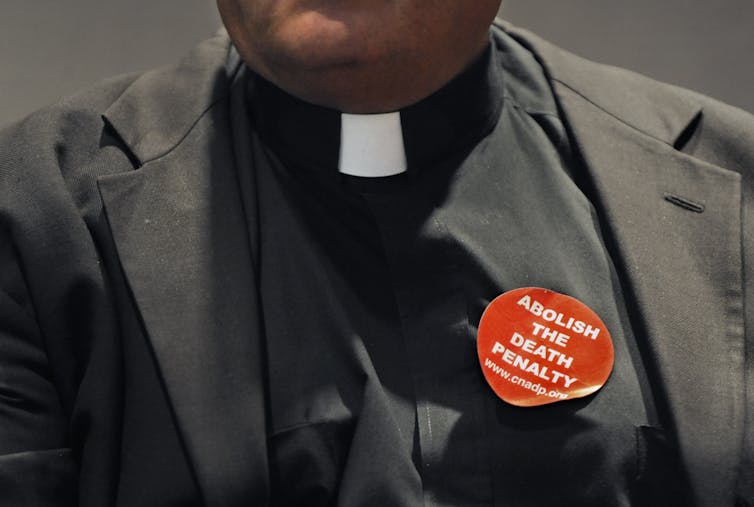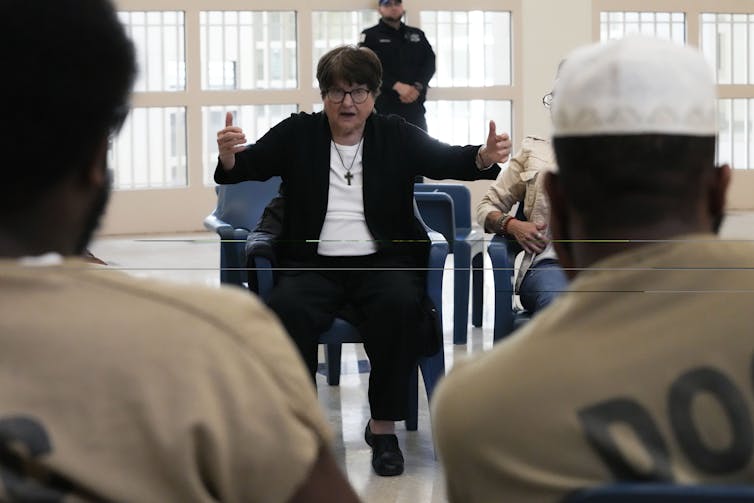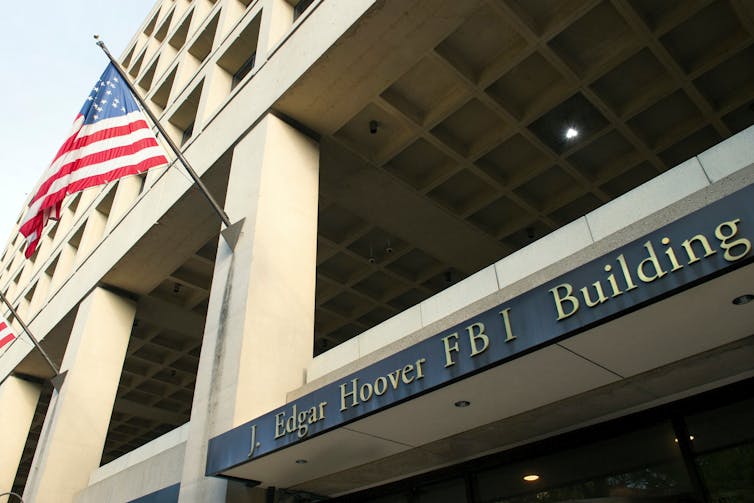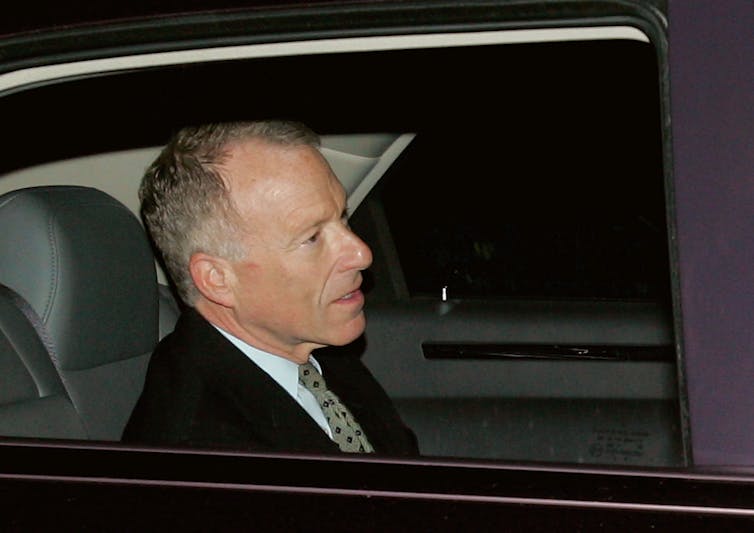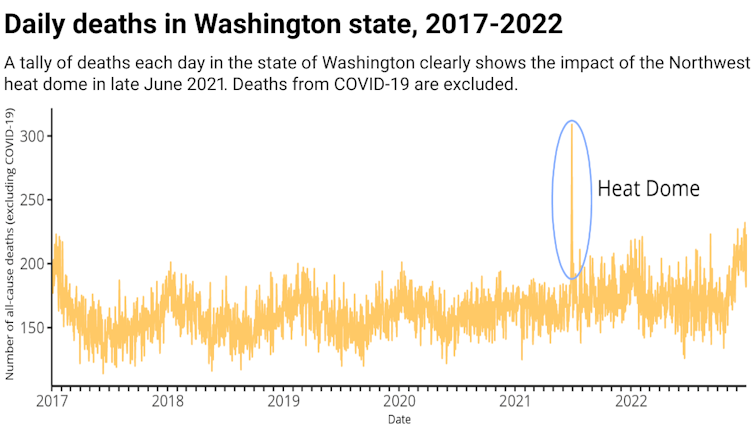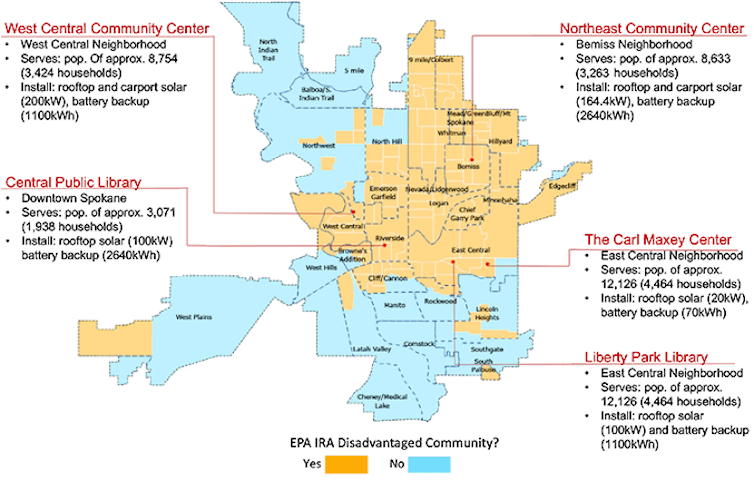Source: The Conversation – UK – By Lucie Nield, Senior Lecturer in Nutrition and Dietetics, University of Sheffield
For years, people living with obesity have been given the same basic advice: eat less, move more. But while this mantra may sound simple, it’s not only ineffective for many, it can be deeply misleading and damaging.
Obesity is not just about willpower. It’s a complex, chronic, relapsing condition and affects around 26.5% of adults in England, and 22.1% of children aged ten–11 in England.
A new report estimates the rapidly growing number of people that are overweight or obese costs the UK £126 billion a year. This includes £71.4 billion in reduced quality of life and early mortality, £12.6 billion in NHS treatment costs, £12.1 billion from unemployment and £10.5 billion in informal care.
Food campaigners and health experts have called for urgent government action, including expanding the sugar tax to more products, restricting junk food advertising and mandating reformulation of ultra processed foods. As Henry Dimbleby, author of a government-commissioned independent report called the National Food Strategy, warned: “We’ve created a food system that’s poisoning our population and bankrupting the state.”
Get your news from actual experts, straight to your inbox. Sign up to our daily newsletter to receive all The Conversation UK’s latest coverage of news and research, from politics and business to the arts and sciences.
Without significant policy change, these costs are projected to rise to £150 billion a year by 2035. Despite this, much of the UK’s approach continues to frame obesity as a lifestyle issue that can be tackled by emphasising personal responsibility. But this framing ignores the bigger picture.
We now understand that obesity is multifactorial. Genetics, childhood experiences, cultural norms, economic disadvantage, psychological health, mental illness and even the kind of job you have all play a role. These aren’t things you can simply change with a Fitbit and salad.
This broader perspective isn’t new. In 2007, the UK government’s Foresight report mapped out the complex web of factors behind rising obesity rates, describing how modern environments actively promote weight gain.
This “obesogenic environment” refers to the world we live in. Its one where high-calorie, low-nutrient foods are cheap and everywhere, and where physical activity has been engineered out of everyday life, from car-centric cities to screen-dominated leisure time.
These environments don’t affect everyone equally. People in more deprived areas are significantly more exposed to conditions that drive obesity, such as food deserts (areas with limited access to affordable, nutritious food), poor public transport and limited green space. In this context, weight gain becomes a normal biological response to an abnormal environment.
Why “eat less, move more” falls short
Despite growing awareness of these systemic issues, most UK obesity strategies still centre on individual behaviour change, often through weight management programmes that encourage people to cut calories and exercise more. While behaviour change has a place, focusing on it exclusively creates a dangerous narrative: that people who struggle with their weight are simply lazy or lack willpower.
This narrative fuels weight stigma, which can be incredibly harmful. Yet data shows a clear link between higher rates of obesity and deprivation, especially among children.
It’s clear many people still don’t understand the role of structural and socioeconomic factors in shaping obesity risk. And this misunderstanding leads to judgement, shame and stigma, especially for children and families who are already vulnerable.
What should good obesity care look like?
Instead of outdated advice and blame, we need a holistic, stigma-free and science-informed approach to obesity care, one that reflects current Nice guidelines and the Obesity Health Alliance’s recommendations. There are several things that need to be done.
First, we should recognise obesity as a chronic disease. Obesity is not a failure of willpower. It’s a relapsing, long-term medical condition. Like diabetes or depression, it requires structured, ongoing support, not short-term fixes or crash diets.
Second, we need to tackle weight stigma head-on. Weight-based discrimination is widespread in schools, workplaces and even healthcare settings. We need training for professionals to reduce bias, promote inclusive care and adopt person-centred, non-stigmatising language. Discriminatory practices must be challenged and eliminated.
Third, deliver personalised, multidimensional support. Treatment plans should be tailored to each person’s life, including their cultural background, psychological history and social context. This includes shared decision-making, regular follow-up and integrated mental health support.
And fourth, focus on changing the environment, not just people. We must shift the focus to the systems and structures that make healthy choices so hard. That means investing in affordable, nutritious food; improving access to physical activity; and tackling inequality at its roots.
Time for a systemic shift
Obesity isn’t just about what people eat or how often they exercise. It’s shaped by biology, experience and the environment we build around people. Framing it as a personal failure not only ignores decades of evidence – it actively harms the very people who need support.
If we want to reduce stigma, improve health outcomes – and avoid a £150bn crisis – then the “eat less, move more” era must come to an end. What we need instead is a bold, compassionate, evidence-based systems approach – one that sees the whole person and the world they live in.
![]()
Lucie Nield receives funding from NIHR.
Catherine Homer receives funding from NIHR. She is affiliated with Royal Society of Public Health.
– ref. Obesity care: why “eat less, move more” advice is failing – https://theconversation.com/obesity-care-why-eat-less-move-more-advice-is-failing-254628










